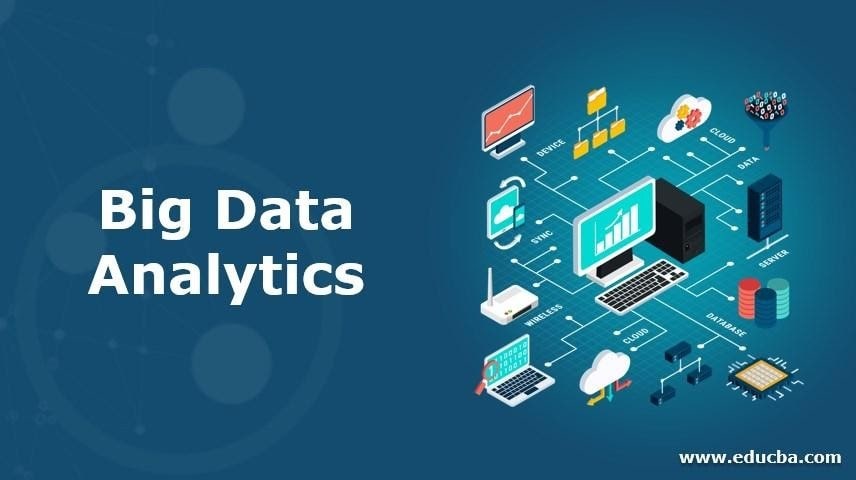
Big Data Analytics
What is Bid Data?
Doug Laney articulated the current core definition of big data in three dimensions:
- Variety means many types of processed data. Banks have to deal with a huge amount of different types of data. From details and detailed transaction history to credit scores and risk assessment reports from banks.
- Speed - means the speed at which new data is added to the database. It is easy for a respectable bank to hit the threshold of 100 transactions per minute.
- Volume – means the amount of space that this data will take for storage. Huge financial institutions like the New York Stock Exchange (NYSE) generate terabytes of data every day.
WHAT DOES A DATA ANALYST DO
As a rule, Data Analyst works with information arrays, independently performing a set of operations:
- data collection;
- preparation of data for analysis (sampling, cleaning, sorting);
- search for patterns in information sets;
- data visualization to quickly understand results and future trends;
- formulating hypotheses to improve business metrics by changing other metrics.
All these tasks are necessary to achieve the main goal of a data analyst – extracting information and securities from an array of information in order to make optimal management decisions.
In some companies, the analyst is also responsible for modeling them, i.e. development and testing of machine learning models (Machine Learning). In most cases, however, machine learning is the responsibility of the Data Scientist. With a more detailed division of labor, a separate specialist deals with machine learning. We talk about the work of Data Scientist and his professional competencies here.
It is also worth noting that sometimes big data analytics services is engaged in the analysis of business processes and works very closely with other IT specialists when describing flows and storages of corporate information. Thus, the analyst’s area of responsibility also includes the tasks of Business Intelligence (BI) and optimization of production processes.
Identifying a Transaction Channel
Banks have a big advantage by understanding which of their customers are withdrawing the full amount available on payday in cash, and which prefer to keep their money on a credit or debit card. Obviously, the latter clients can be approached with offers to invest in short-term deposits with high rates, etc.
Client segmentation and profiling
Upon completion of the initial analysis of customer spending patterns and preferred transaction channels, the customer base can be segmented according to several relevant profiles: those who spend money easily; cautious investors; those whose goal is quick loan repayment etc. One way or another, Big Data technologies and tools are tools, the introduction of which in any organization should lead to a reduction in costs when performing those operations that were previously considered time-consuming.





